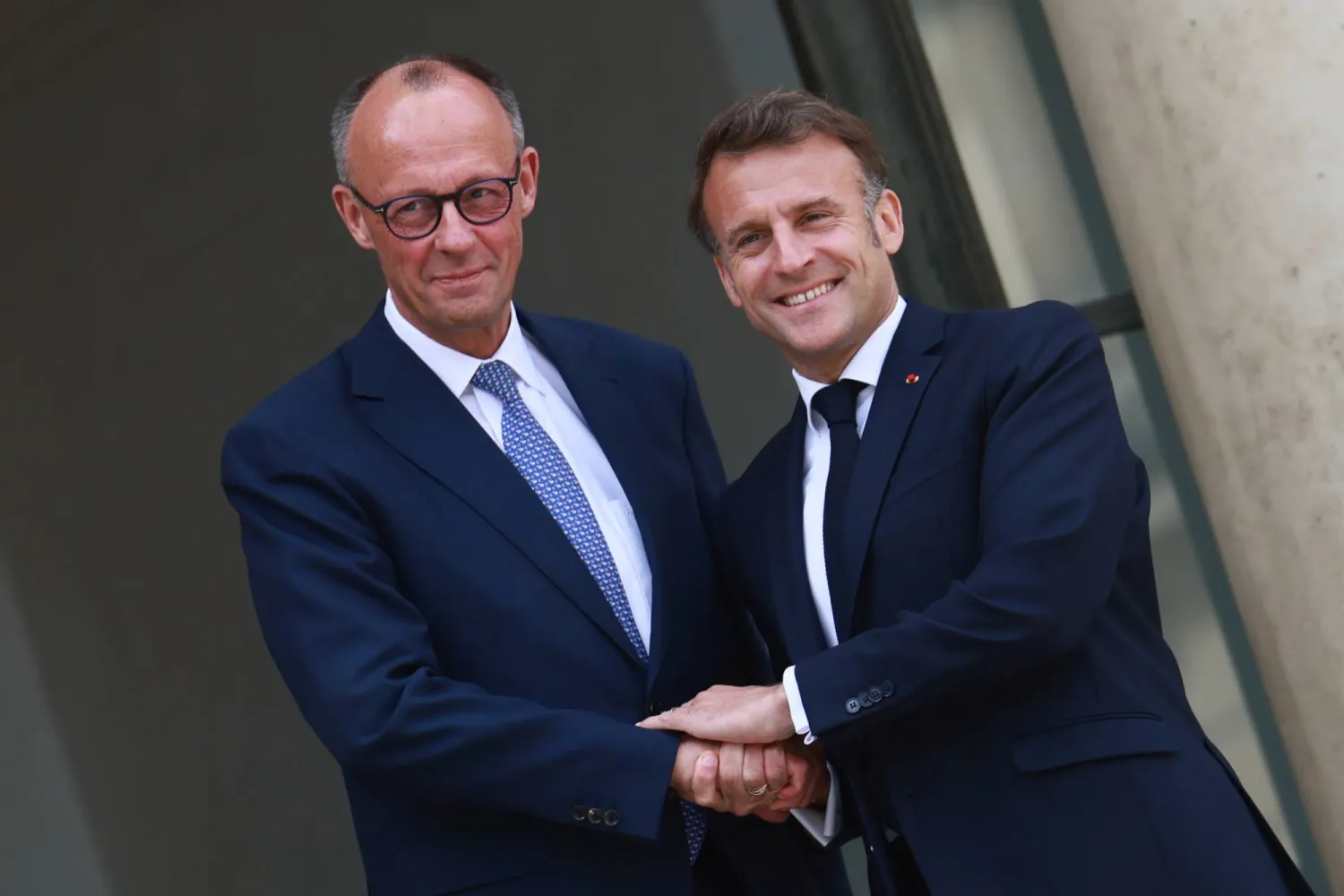Israeli Prime Minister Naftali Bennett told CIA Director Bill Burns in a meeting on Wednesday that the US and Israel should start working on a joint strategy for a scenario in which Iran elects not to return to the 2015 nuclear deal, according to Israeli officials.
The issue was the focus of Burns' talks in Israel with Bennett, President Isaac Herzog, Minister of Defense Benny Gantz, and Mossad director David Barnea.
At the meeting, the Israeli intelligence community, foreign ministry, and other national security agencies think the likelihood of Iran deciding to return to the deal has waned in recent weeks after the election of new hardline President Ebrahim Raisi.
During the meeting, Bennett presented Burns with his assessment of and policy toward Iran. Israeli officials said their impression was that Burns was also skeptical about whether Iran was ready to return to full compliance with the deal.
The Israeli government is concerned that the US and other Western powers won't push back hard as Iran moves ahead with its nuclear program.
The Biden administration is still seeking a path back to the 2015 deal, but the talks are on hold as the new Iranian administration takes office.
On the eve of his meeting with Burns, Gantz said that Iran is the greatest threat to the stability of the world and the region alike and called on all countries to curb Iranian aggression.
Haaretz newspaper quoted officials saying that Israel tried to ensure that the US administration is ready to enlist the international community for a campaign of pressure against Iran in the event of not signing the agreement.
The newspaper quoted Israeli officials saying that an attempt was recently made to ensure that Washington can implement its plan by reaching a more stringent agreement and forcing Tehran to sign it.
They said that such a step requires directing a clear and tangible US military threat and imposing more severe economic and diplomatic sanctions, which isolates Iran.
According to an informed source, Israeli officials briefed Burns on intelligence reports that included data indicating significant progress in the Iranian nuclear program in the recent period.
Iran has exceeded the commitments stipulated in the 2015 nuclear agreement, which allowed Tehran to enrich uranium to a level of 3.67 percent and collect up to 300 kilograms.
According to Israeli estimates, Iran is now in possession of 10 kilograms of uranium enriched at a level of 60 percent, 140 kilograms enriched at 20 percent, and 2,500 kilograms enriched at 4 percent.
Iran uses hundreds of advanced centrifuges, although the original nuclear agreement forbids this, and that uranium enrichment takes place at the Fordo facility, contrary to the agreement, at a level of 20 percent.
Israel estimates that Iran is about two months away from becoming a nuclear state and resuming the treaty with the world powers would delay it by about four years.
"There is a strategic difference between Israel's approach and that of the US administration," explained an Israeli source.
The same source added: "Even if Israel does not declare it officially, our goal is to reach an agreement that will block the way or prevent Iran from achieving military nuclear capabilities. Israel is in favor of a deal. It is opposed to a bad deal."







